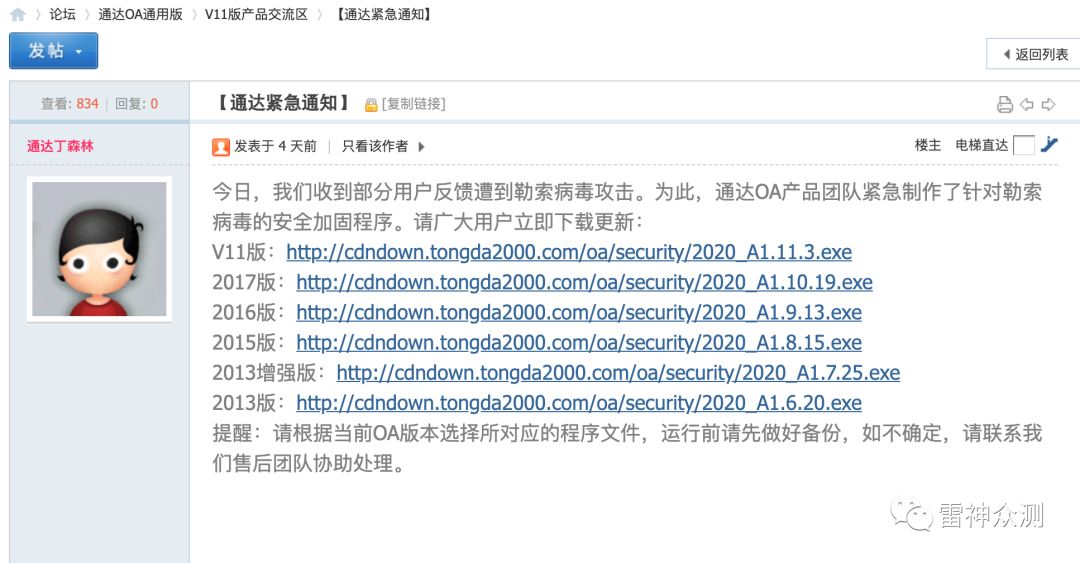I have an application where I am showing an alert message using UIAlertView. By default the color of the dialog box is blue. Can anyone tell me, how to change the color of that? Can it be changed?
可以将文章内容翻译成中文,广告屏蔽插件可能会导致该功能失效(如失效,请关闭广告屏蔽插件后再试):
问题:
回答1:
Use Like This
[CustomAlert setBackgroundColor:[UIColor blueColor]
withStrokeColor:[UIColor greenColor]];
.h and .m File's Content
CustomAlert.h
#import <UIKit/UIKit.h>
@interface CustomAlert : UIAlertView
{
}
+ (void) setBackgroundColor:(UIColor *) background
withStrokeColor:(UIColor *) stroke;
@end
CustomAlert.m
#import "CustomAlert.h"
@interface CustomAlert (Private)
- (void) drawRoundedRect:(CGRect) rect inContext:(CGContextRef)
context withRadius:(CGFloat) radius;
@end
static UIColor *fillColor = nil;
static UIColor *borderColor = nil;
@implementation CustomAlert
+ (void) setBackgroundColor:(UIColor *) background
withStrokeColor:(UIColor *) stroke
{
if(fillColor != nil)
{
[fillColor release];
[borderColor release];
}
fillColor = [background retain];
borderColor = [stroke retain];
}
- (id)initWithFrame:(CGRect)frame
{
if((self = [super initWithFrame:frame]))
{
if(fillColor == nil)
{
fillColor = [[UIColor blackColor] retain];
borderColor = [[UIColor colorWithHue:0.625
saturation:0.0 brightness:0.8 alpha:0.8]
retain];
}
}
return self;
}
- (void)layoutSubviews
{
for (UIView *sub in [self subviews])
{
if([sub class] == [UIImageView class] && sub.tag == 0)
{
// The alert background UIImageView tag is 0,
// if you are adding your own UIImageView's
// make sure your tags != 0 or this fix
// will remove your UIImageView's as well!
[sub removeFromSuperview];
break;
}
}
}
- (void)drawRect:(CGRect)rect
{
CGContextRef context = UIGraphicsGetCurrentContext();
CGContextClearRect(context, rect);
CGContextSetAllowsAntialiasing(context, true);
CGContextSetLineWidth(context, 0.0);
CGContextSetAlpha(context, 0.8);
CGContextSetLineWidth(context, 2.0);
CGContextSetStrokeColorWithColor(context, [borderColor CGColor]);
CGContextSetFillColorWithColor(context, [fillColor CGColor]);
// Draw background
CGFloat backOffset = 2;
CGRect backRect = CGRectMake(rect.origin.x + backOffset,
rect.origin.y + backOffset,
rect.size.width - backOffset*2,
rect.size.height - backOffset*2);
[self drawRoundedRect:backRect inContext:context withRadius:8];
CGContextDrawPath(context, kCGPathFillStroke);
// Clip Context
CGRect clipRect = CGRectMake(backRect.origin.x + backOffset-1,
backRect.origin.y + backOffset-1,
backRect.size.width - (backOffset-1)*2,
backRect.size.height - (backOffset-1)*2);
[self drawRoundedRect:clipRect inContext:context withRadius:8];
CGContextClip (context);
//Draw highlight
CGGradientRef glossGradient;
CGColorSpaceRef rgbColorspace;
size_t num_locations = 2;
CGFloat locations[2] = { 0.0, 1.0 };
CGFloat components[8] = { 1.0, 1.0, 1.0, 0.35, 1.0, 1.0, 1.0, 0.06 };
rgbColorspace = CGColorSpaceCreateDeviceRGB();
glossGradient = CGGradientCreateWithColorComponents(rgbColorspace,
components, locations, num_locations);
CGRect ovalRect = CGRectMake(-130, -115, (rect.size.width*2),
rect.size.width/2);
CGPoint start = CGPointMake(rect.origin.x, rect.origin.y);
CGPoint end = CGPointMake(rect.origin.x, rect.size.height/5);
CGContextSetAlpha(context, 1.0);
CGContextAddEllipseInRect(context, ovalRect);
CGContextClip (context);
CGContextDrawLinearGradient(context, glossGradient, start, end, 0);
CGGradientRelease(glossGradient);
CGColorSpaceRelease(rgbColorspace);
}
- (void) drawRoundedRect:(CGRect) rrect inContext:(CGContextRef) context
withRadius:(CGFloat) radius
{
CGContextBeginPath (context);
CGFloat minx = CGRectGetMinX(rrect), midx = CGRectGetMidX(rrect),
maxx = CGRectGetMaxX(rrect);
CGFloat miny = CGRectGetMinY(rrect), midy = CGRectGetMidY(rrect),
maxy = CGRectGetMaxY(rrect);
CGContextMoveToPoint(context, minx, midy);
CGContextAddArcToPoint(context, minx, miny, midx, miny, radius);
CGContextAddArcToPoint(context, maxx, miny, maxx, midy, radius);
CGContextAddArcToPoint(context, maxx, maxy, midx, maxy, radius);
CGContextAddArcToPoint(context, minx, maxy, minx, midy, radius);
CGContextClosePath(context);
}
- (void)dealloc
{
[super dealloc];
}
@end
回答2:
From the UIAlertView Class Reference:
The UIAlertView class is intended to be used as-is and does not support subclassing. The view hierarchy for this class is private and must not be modified.
回答3:
You have to implement your UIAlertView. You can't change the default blue color.
回答4:
use a uiview to show alert instead of using UIAlertView then change the color of that view accordingly




